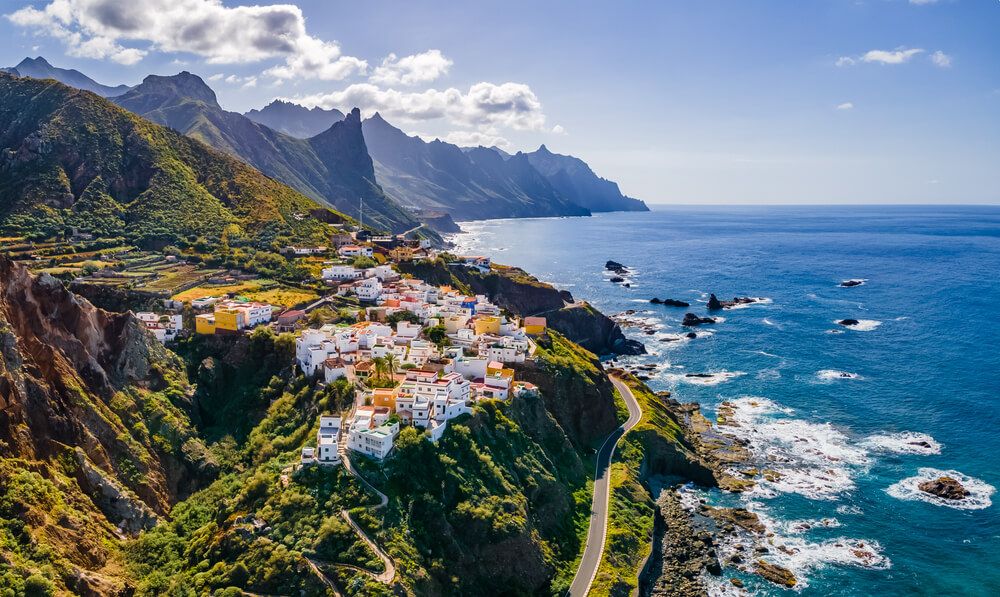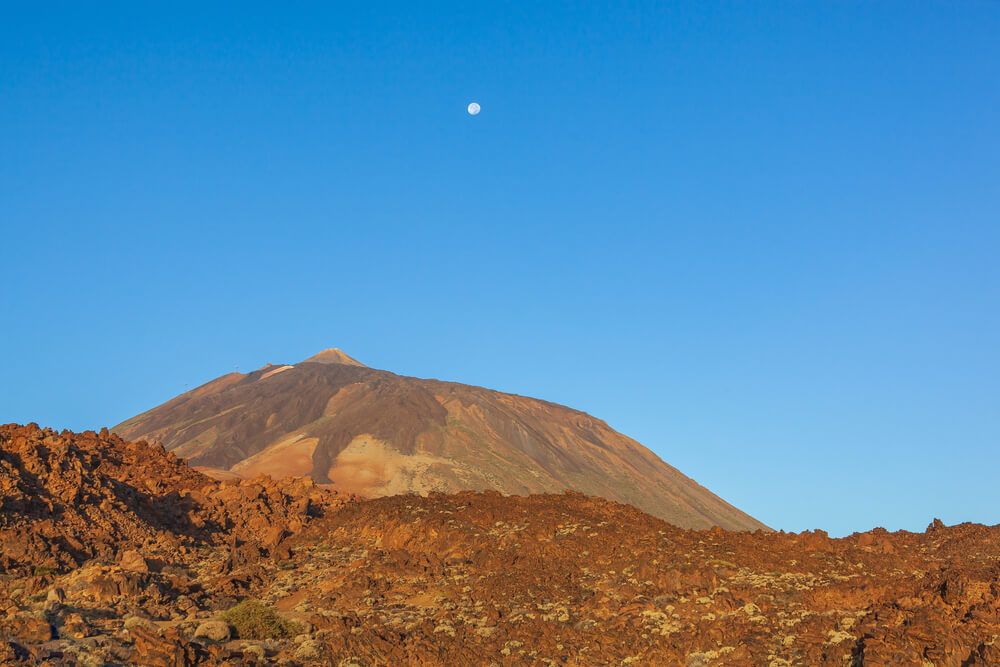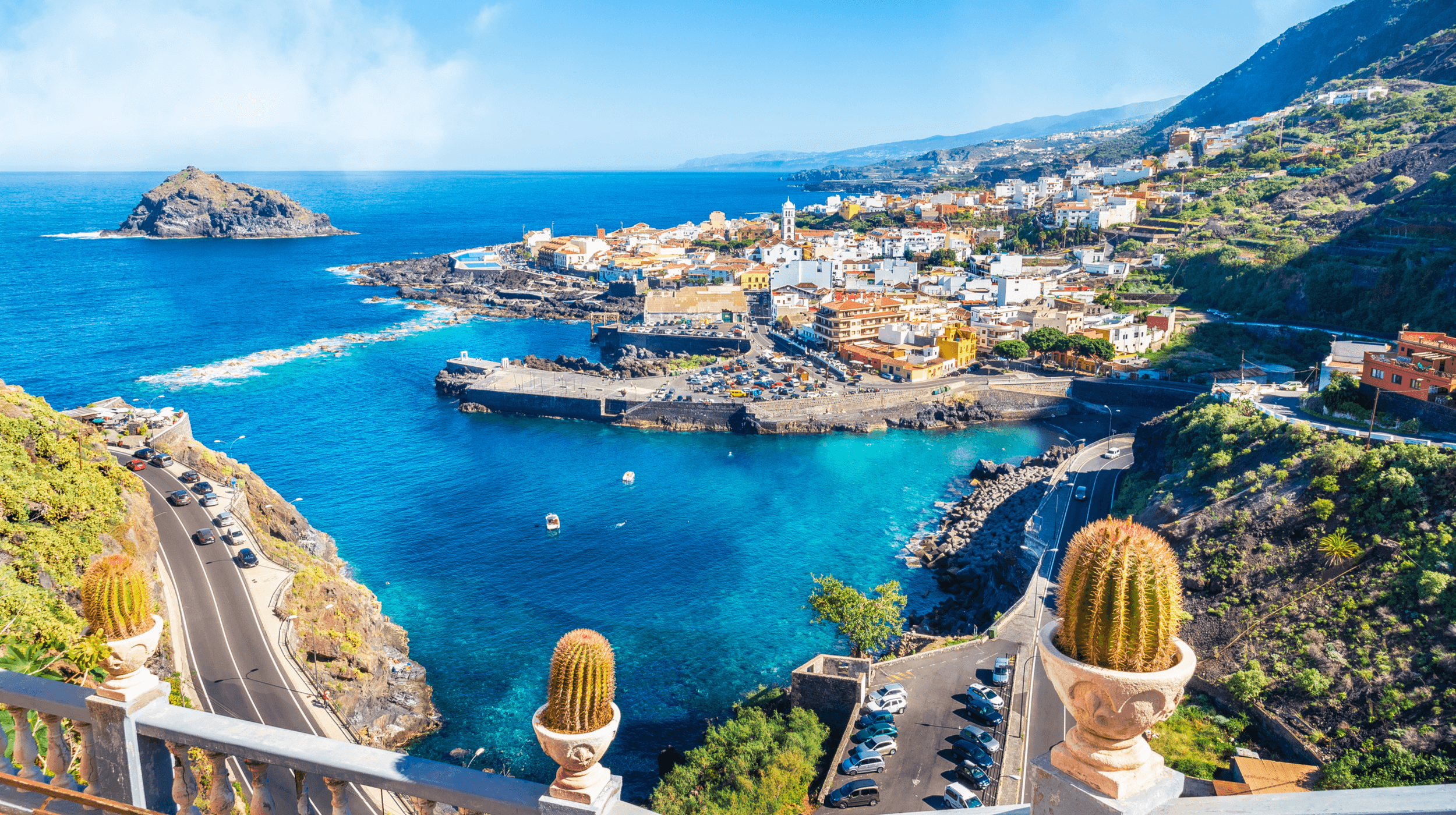Essential information

Population
Arona is one of the most populous areas in southern Tenerife, with around 87,800 residents. The population is fairly balanced in terms of age, with many younger working-age adults, families, and retirees. There is a strong mix of nationalities and backgrounds, giving the area a multicultural feel and a welcoming atmosphere for newcomers.
Property in Arona ranges from affordable apartments to high-end villas. In inland villages like Valle San Lorenzo, you can find three-bedroom homes with mountain views and local shops nearby. Areas like Chayofa and Palm Mar offer stylish homes in quieter surroundings, while the coastal resorts of Los Cristianos and Playa de las Americas are perfect for those who want easy access to beaches, restaurants, and nightlife. On Kyero, you can find over 6,000 current listings including homes from around 110,000 euros, with sea view apartments, family houses, and modern developments all available.
Healthcare
Healthcare in Arona is well organised and easy to access. The public Hospital del Sur, located just outside Los Cristianos, is one of the two major hospitals on the island. It provides emergency care, specialist consultations, surgery, and maternity services. There are also multiple health centres, general practices, and pharmacies throughout the municipality.
For those choosing private care, there are several medical centres and specialist clinics in Arona and neighbouring Adeje. Many doctors and staff speak English and are used to working with international patients. Residents who are registered in the Spanish social security system can access public care, while private insurance is also widely accepted. Dental clinics and physiotherapy centres are also readily available.

Working in Arona
Tourism is the main source of employment in Arona. Many people work in hotels, restaurants, tour companies, water sports, or event management. With so many visitors year-round, demand for services remains strong across hospitality, retail, and leisure. If you speak Spanish and English, you will have an advantage in most customer-facing roles.
Other sectors include education, real estate, and small business services. There is also agricultural activity in the rural zones and a growing remote worker community, especially in quieter areas like Chayofa and Palm Mar. The internet infrastructure is good, and many cafés or coworking spaces offer places to work.
Non-EU citizens may be eligible for Spain’s digital nomad visa, which is designed to help remote workers settle legally. Jobs are often advertised through Facebook groups, local noticeboards, and regional job sites. Networking and local contacts can be just as helpful when finding work opportunities.
Schools and Education
Families living in Arona will find a wide range of education options. There are several public schools offering education in Spanish, many of which include bilingual programmes. Valle San Lorenzo and Cabo Blanco have local schools serving all levels from preschool to secondary.
For international education, The Wingate School is one of the most popular private schools in the area. It offers the British curriculum from early years to sixth form and is located between Arona and Adeje. Other international schools can be found in nearby Costa Adeje and beyond, providing options for multilingual or internationally recognised learning paths.
Extra-curricular activities are easy to find. There are music and dance schools, language classes, football academies, and cultural centres offering classes in art, theatre, and more.

Transport
Getting around Arona and the rest of Tenerife is straightforward. Public buses connect the inland and coastal areas, and you can easily travel to Santa Cruz, the airport, or neighbouring towns such as Adeje, Vilaflor, and Granadilla. Bus lines run frequently, and services are reliable.
There is also a tourist train that links Los Cristianos and Playa de las Americas, offering a fun and easy way to get between these two busy resort towns.
Tenerife South Airport is less than twenty minutes from Arona and provides regular flights to mainland Spain and cities across Europe. Many residents also own cars, especially if they live in rural parts of the municipality or enjoy weekend trips to the mountains and national parks.





